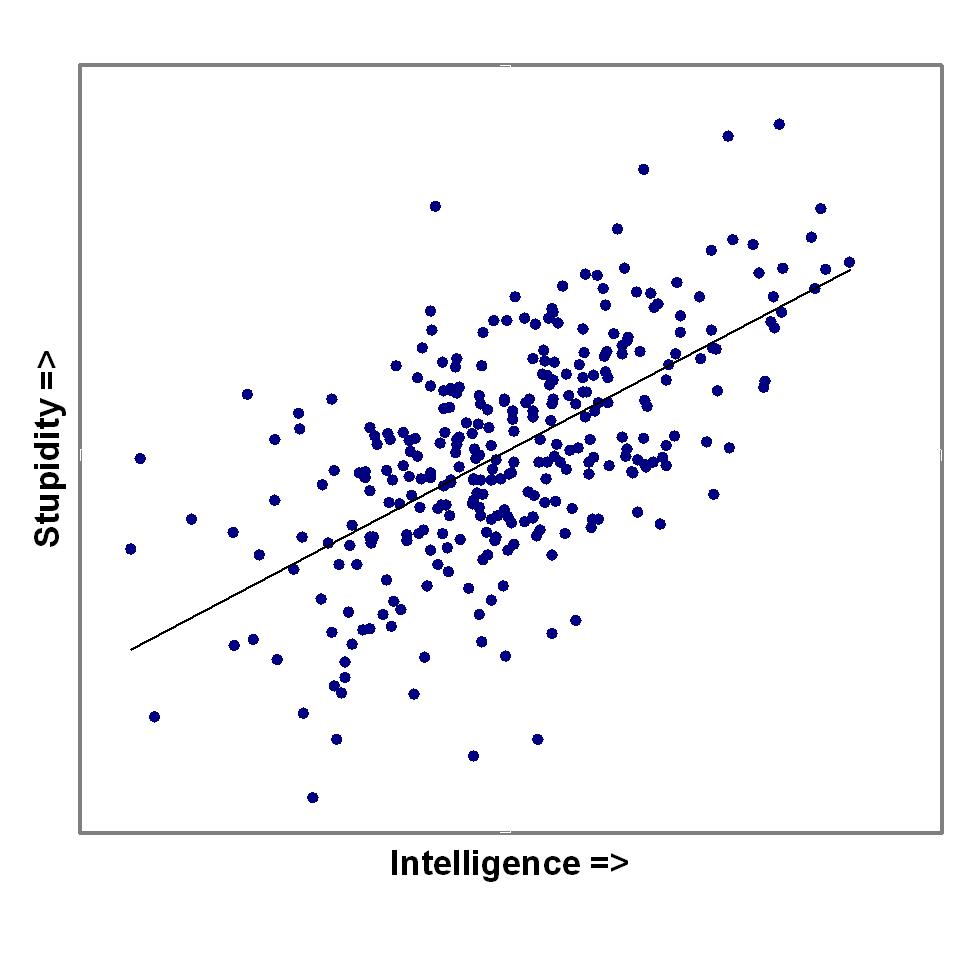
I don’t usually respond to public policy commentaries written by scientists. Everyone is entitled to their opinions…even scientists.
But Andy Dessler and Jerry North, both Texas A&M professors and climate researchers, felt the need to lecture the rest of us about the certainty of manmade global warming, and that if we just trust the government, a solution will be found.
Yeah, they pushed my button.
Sure, the Clean Air Act did a lot of good (to an extent), and with the Montreal Protocol we found new refrigerants to replace traditional chlorofluorocarbons, as Dessler and North correctly point out.
But this is like saying, because we found a cure for smallpox, we can certainly find a cure for aging.
In fact, just outlaw aging. There, problem solved.
Or, if we try hard enough, we really can put a teletransportation device in every home, and harness the limitless energy potential of antigravity.
Sorry, but not all medical or engineering problems are created equal. Have Dessler and North not been paying attention to what is happening in Europe, especially the UK? “Renewable” energy has proved so expensive and unreliable that they are facing another winter with the threat of even more people dying due to prohibitively expensive energy.
Dessler and North can pontificate from their cushy, federally-funded (and Texas state oil-money funded) jobs, but to at least half the citizens in the U.S., they appear clueless and elitist. The wealth they enjoy did not come from the government, but from the private sector, which is where prosperity is created and where money derives its purchasing power.
They can afford more expensive energy; many people can’t.
Even if humans are responsible for the warming of the last 50 years, there is little that can be done about it in the near term. The global demand for energy is simply too large to meet with renewable sources, which even with a bust-gut effort will only amount to about 20% of global energy needs in the coming decades.
And when new energy solutions do come, they will more likely come from the private sector, not government. Energy is needed by everyone, and energy companies are working on alternatives to fossil fuels. Traditional energy sources are indeed finite, so as they become more expensive to find and extract, prices will rise, and alternatives will be eventually developed to replace them.
In the meantime, it would appear that Dessler and North would rather punish energy use, destroy prosperity, and kill poor people.
How can I make such an accusation? Well, how else can you explain Dessler and North hiding the fact that global temperatures stopped rising 15 years ago, in contradiction to most, if not all, IPCC climate model forecasts?
They could have said, “The lack of warming is good news for humanity! Maybe global warming isn’t a serious problem after all!” Or even, “We have more time to solve the problem!” But, no.
Instead, they do exactly what they accuse Republicans of doing…letting their views of the proper role of government (and their desire for more climate research funding) determine what they believe (or profess to believe) about the science.
Since Dessler and North want more government, not less, they ignore the inconvenient truths about global warming not being as big a problem as the IPCC forecasted it would be.
So, stick to the ivory tower, guys. Better to let the people who work to support you wonder about your cluelessness, rather than open your mouths and remove all doubt.

 Home/Blog
Home/Blog



